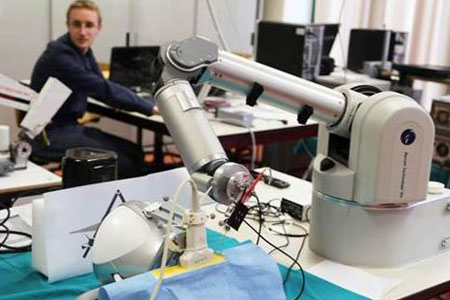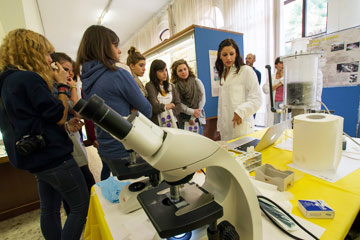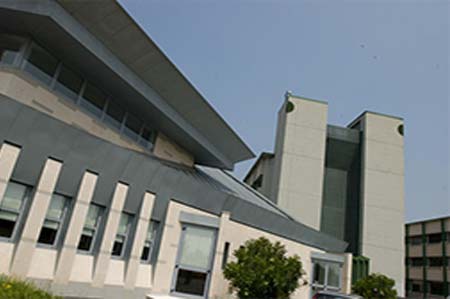Speaker:
Julien DeAntoni
- INRIA Sophia Antipolis Méditerranée
Tuesday, May 26, 2015
at
5:00 PM
16:45 rinfresco, 17:00 inizio seminario
In many disciplines and for several years, models have been used to abstract the system under study. Depending on the model and its purpose, it brings very different properties ranging from re-usability to analyzability. Consequently, there is usually no single golden model of a system, but there are good models of a system where different dedicated models abstract the system for different purposes. Real time embedded systems are interesting and complex candidates for modeling for two main reasons. On the one hand many properties like timing performance, time-to-market or safety are early and mandatory requirements to be satisfied at all steps of the design. On the other hand, the deployment of such system can target various heterogeneous platforms and this deployment strongly impacts the previously stated requirements.
For some years in the AOSTE team, I am studying how engineering models (eg, based on UML or Ecore) and formal models (eg, automaton or marked graph) can take benefits one from the other in order to improve the modeling of real time embedded systems. More precisely my current research focuses on two related topics. First, to enable reasoning on engineering models I put efforts to provide formal models that describe the behavioral semantics of a language. This means providing an adequate meta-language to specify an explicit entity that represents the behavioral semantics (and can thus be manipulated). Second, because different models are used to specify correctly a single system, it is important to understand the interaction among these different models and more precisely to understand how the explicit semantics can be used to provide a behavioral interface of the language amenable to reasoning, composition and generative techniques.
The talk will be illustrated by different examples highlighting the past, current and oncoming problems we all face when modeling real time embedded systems.
- Place
-
Ca' Vignal - Piramide,
Floor 0,
Hall Verde
- Programme Director
-
Davide
Quaglia
-
External reference
-
- Publication date
-
May 17, 2015







